Finding the Best Clothing Manufacturer in the USA, China, & Bangladesh Based on Costs and Competitive Advantages

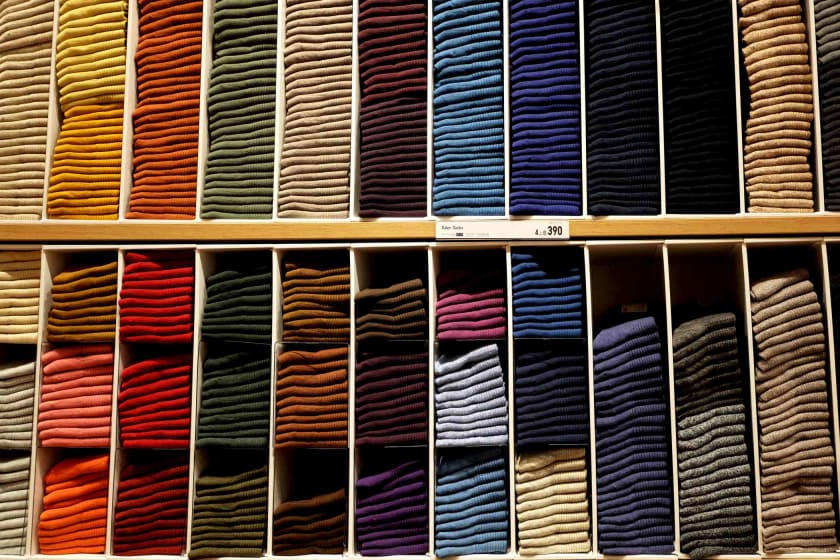

Garment production is a grand process, and it corresponds to bulk orders. If you are looking to start up your own small clothing line business or extend your clothing line as a designer, then you need to hunt for an affordable and good-quality cloth manufacturer.
- The most popular Asian countries for clothing manufacturers are China and Bangladesh, and their biggest competitor is the USA. As many aspects need attention when it comes to clothes manufacturing, you might want to choose based on fabric type, your designs, and the seasonal variations you are looking for in your clothing line.
- The Global Apparel Statistics show that the market was approximately $1.3 trillion in 2015 and has risen to $1.5 trillion by 2020. The apparel industry is rising at an unprecedented rate, and as a fashion designer or fashion brand, you stand a fair chance of making good profits if you are investing.
- As a fashion entrepreneur, you need great supplies to stay in business. In this article, we weigh the pros and cons of various aspects of clothing manufacturers in the USA, China & Bangladesh.
Which country stands highest in quality?
Clothing manufacturers in the USA deliver high quality and are more reliable. Although China and Bangladesh have equally good quality standards, the USA clothing brands have high expectations from their manufacturers. That's why they have high-quality check passes.
In China, textile and clothes inspection services are provided for delivering superior quality. Sequential quality checks allow the proper investigation of critical defects such as hazardous material, for example, loose studs or buttons. This also ensures adding warning labels for suffocation.
Apart from these, some major defects for overall product failure or open seams and minor defects such as loose threads are checked before delivering it to the actual receiver.
Clothing inspections in China include 3 checkpoints: at the start of the production, during mass production, and lastly, after production is over.
The clothing manufacturers in the USA have a different approach towards quality checks which include three specifications; having a point of measurement, for example, having a measurement for a pant or a sleeve length. Next, having desired standard measurements for each size ordered. For instance, all small sizes will have specific waist and chest measurements. And lastly, they have a tolerance for each point of measurement.
The quality of Chinese-made clothes is changing trends. The garment industry in China is investing in improved technology and is training its workforce, which has improved in terms of stitching and assembling garments.
What are the manufacturing costs in these countries?
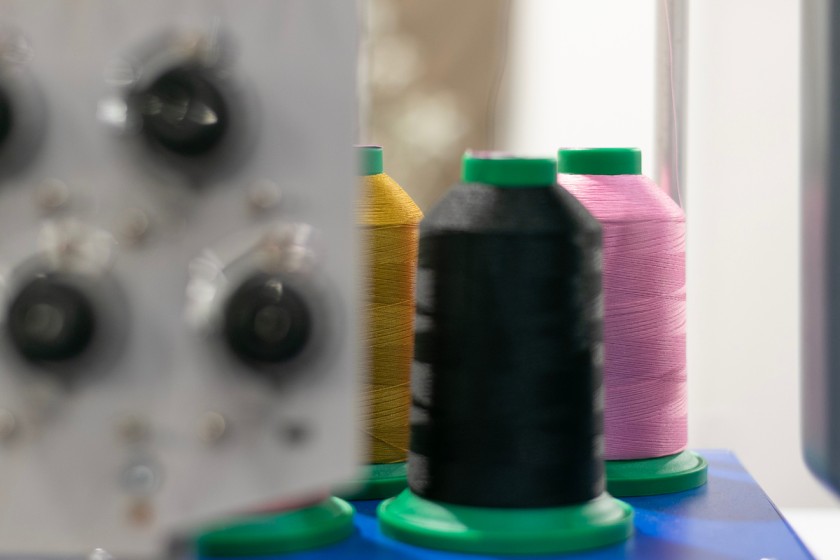
Manufacturing costs sum up all the costs incurred during the making of the product. Labor costs are huge in the USA and China. Bangladesh, on the other hand, has an extremely low cost of labor.
- The clothing manufacturers in the USA have to pay labor costs as high as $400 per day, while in Bangladesh, the labor cost is $70-$100 per day. Low-cost labor implies low manufacturing costs. The USA has a high wage and labor cost due to a much higher standard of worker rights.
- The fair labor law in the USA also has an advantage over Bangladesh as the USA offers only a 40 hours a week schedule and also overtime pay for the workers. There are no definite laws for labor in Bangladesh and also no work schedule.
- In China, laborers can work overtime, but it can be only up to three hours a day and should not exceed 36 hours a month.
Is there skilled labor available in these countries?
Most garment manufacturers are not concerned about the workforce. Garment or fabric manufacturers most of the time employ a low-skilled workforce, primarily to pay low wages.
Clothing manufacturers in the USA and China have a highly skilled workforce at the managerial level, which makes them more efficient in technical work than ground-level work. In contrast, Bangladesh has an abundant ground-level workforce which constitutes the major worker capacity. This allows them to produce more at lower costs. Although Bangladesh does not have skilled laborers, the workers are made to learn on the job.
Tariffs & duties
Every country has its tariff & taxes imposed on the goods manufactured. If these goods are exported, then there is an extra tax levied in the form of customs. Clothing manufacturers in the USA have a low tariff and duty excised on their goods. Similarly, Bangladesh is also one of the countries where you will have low or nil taxes. As cotton is produced in large quantities in Bangladesh, the cost incurred is very low.
Bangladesh holds a record of being the second-largest producer of ready-made garments. It employs around 20 million people. The apparel industry alone contributes 20 % of its GDP, wherein 81 % is exported. Bangladesh has the advantage of being the least developed country which allows it to have duty-free access to many other countries which are still underdeveloped or developing. The duty-free access is towards the EU, the USA, China, South Korea, India, Malaysia, New Zealand, Russia, Norway, Japan, Turkey, etc.
Bangladesh enjoys many trade deals because of which it receives preferential treatment under the SAARC Preferential Trading Arrangement, Asia-Pacific Trade Agreement, Bay of Bengal Initiative for Multi-Sectoral Technical and Economic Co-operation, South Asian Free Trade Area, etc.
What type of clothing is made?
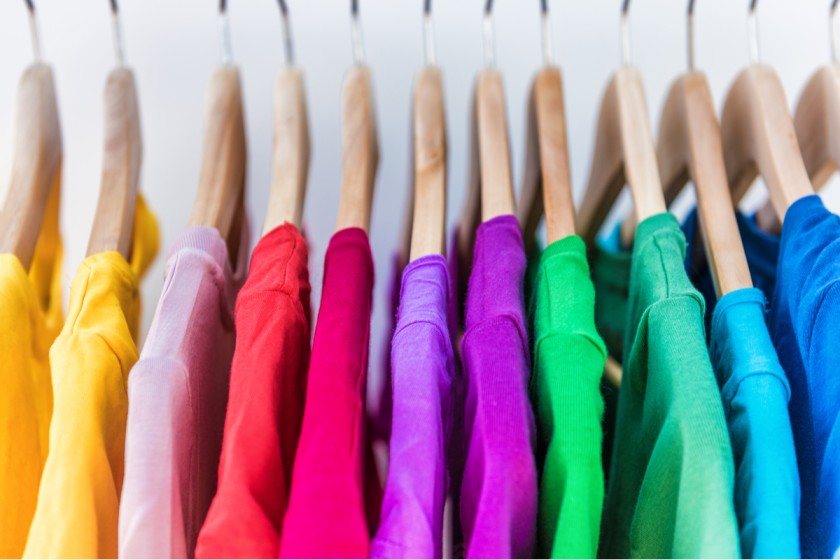
Clothing manufacturers in the USA, Bangladesh, and China all three produce casual wear, shirts/tops, outerwear (jackets, coats, etc.), sportswear, uniforms, pants, formal wear, technical fabrics, home and furniture textiles, and yarns.
The ready-made garment industry is a booming industry in Bangladesh. It is the largest manufacturing sector of Bangladesh and one of the most important GDP contributors in the country. It generates an approximate $30 billion worth of export value.
China has been a significant contributor to the global apparel industry. The Chinese garment and clothing production has significantly risen due to the increased westernization. The Chinese textile industry employs over 10 million people.
Which country makes sustainable clothing?
Fast-changing fashion means more manufacturing of clothes. Every new brand has at least two or more fashion lines every year. Trends demand more production for clothes. Fashion brands that manufacture clothes in Bangladesh, such as H&M and Target, have come together to create a super ambitious project for sustainable clothing. They recycle clothing and remanufacture it. Therefore several fashion brands are turning towards Bangladesh for sustainable clothing. The initiative is headed by a Danish Non-profit organization that is bringing super edge technology to reduce wastage of clothing.
With these efforts, the organization tends to make Bangladesh a world leader in the recycled clothing industry.
Collectively, these organizations want to make Bangladesh a leader in apparel recycling. And it makes sense. The country is the second-largest clothing producer in the world and has particular expertise in fast fashion. China and USA have not made any strong efforts toward recycling clothing and reducing apparel wastage at present.
What are the popular brands from Bangladesh, USA & China?
- Bangladesh is home to some of the most exciting and top-notch brands of daily and specialized wear brands. Aarong, Cats Eye, Richman, Yellow, Ecstasy, Rang, Kay Kraft, Dorjibari, H&M, Zara, Gap, and Primark are some of the brands in Bangladesh.
- Famous brands manufactured in the USA are LACAUSA based in Los Angeles, American Giant, Hackwith Design House, Todd Shelton, East Rutherford in New Jersey, Gamine Workwear, MATE the Label, Sugar Candy Mountain, and Hass.
High-end brands that belong to China are Louis Vuitton, Gucci, Bvlgari, Cartier, Dior, Burberry. Digital, Chow Sang Sang, and many more.
Seeing the rapid transformation of the apparel industry, a large number of brands are falling upon Bangladesh, USA, and China for clothing production.
An approximate 31 billion units of clothing had been manufactured in China. China's current position is one of the leading textile producing and exporting countries in the world.
Finding the right clothing manufacturer USA, China, and Bangladesh
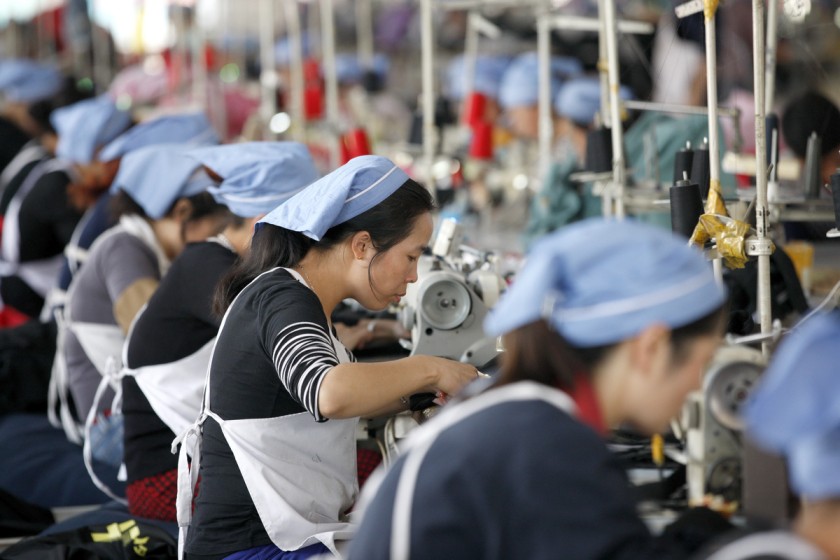
It is not very difficult to find the right clothing manufacturer in these countries. Once you have the idea and design of your clothing line, you can easily manage to find the right country to place an order for your clothing supplier.
China leads competitive clothing manufacturers strongly because firstly it has an excellent low burden customs procedure, ranked at number 7, its timeliness of shipments is unmatchable, ranked at 5 (which is the highest amongst these three countries), and the quality of infrastructure is highest overall.
What's easier is finding the right manufacturing company to invest in for your brand. In a country like China, you can find investment offers online and share details online. You can send your requirements conveniently over an email and all your pre-requisites. The company will give you details of the fabrics they produce, and you can place an order.
All reliable clothing manufacturers in Bangladesh are listed on the garment supplier list, and you can find these online easily.
Even though Bangladesh has a low wage cost, it reflects the poor economic development of the country. Many of China and the USA's provinces are well connected with an abundant rail network, subway systems, and bus routes. Whereas in Bangladesh, increased transportation timelines indirectly affect the slower processing times, and power shortages imply production halts and longer hours needed to fulfill the orders.
China is also home to the highly skilled and specialized garment industry. There are supply chain managers covering a global mass market for so many high-end clothing brands, for which it offers speed and quality.
This guide will help you choose the best country for your clothing business line. Keeping in mind all the above-mentioned points, select the country where you would like to get your clothes manufactured depending upon your needs. Connect with Fashinza to find out how your fashion brand can have a smooth design to delivery manufacturing process.

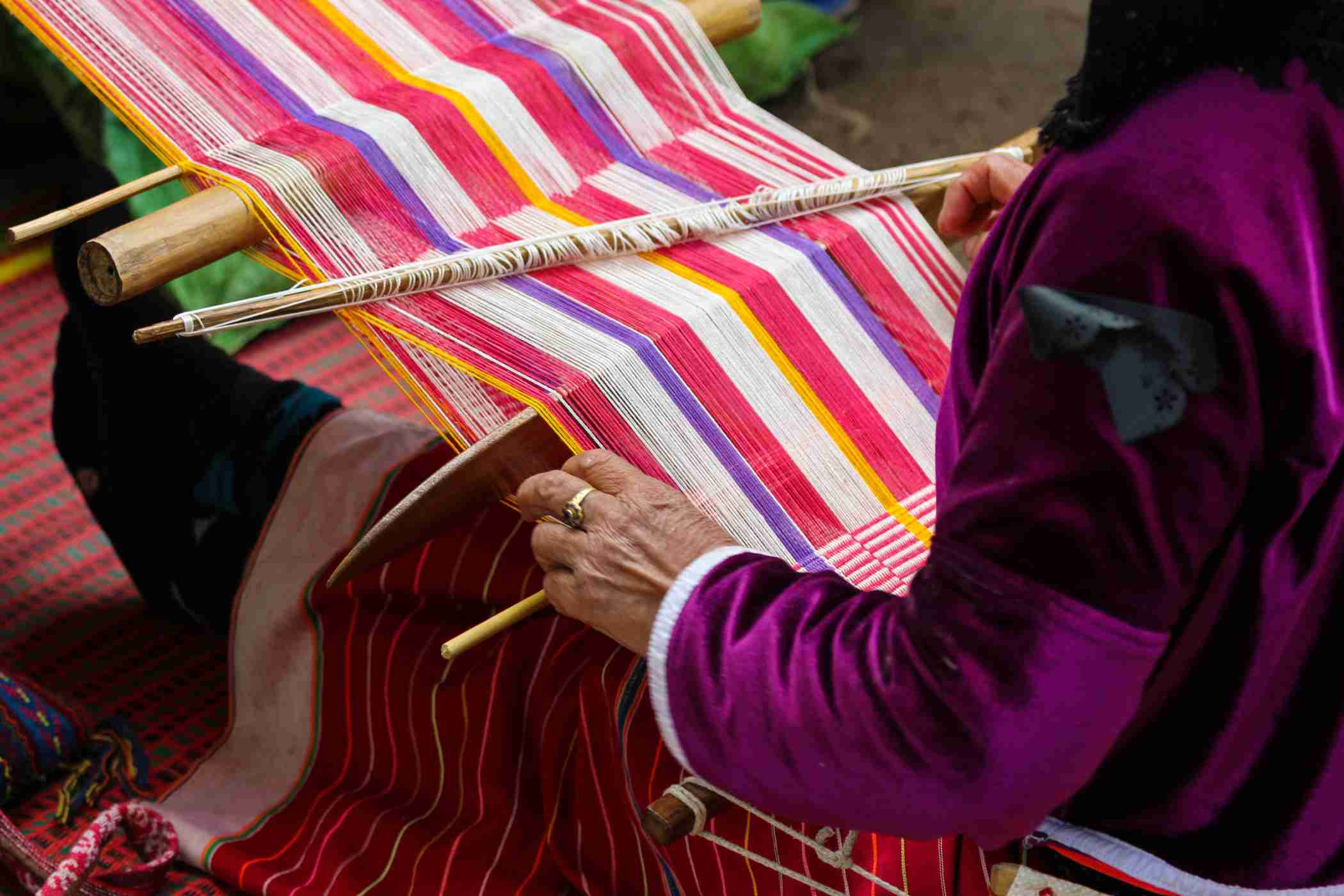
Scope Of Indian Handicrafts: A Look At The Post-Pandemic Future For Indian Handicrafts
5 min read
1.0k views

Which Countries Have The Best Clothing Manufacturers? (Industry Research)
5 min read
9.8k views

Pros and Cons Of Manufacturing in India, Bangladesh, China, and Vietnam: A Comparative Study
5 min read
4.0k views















